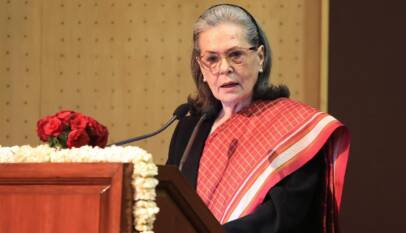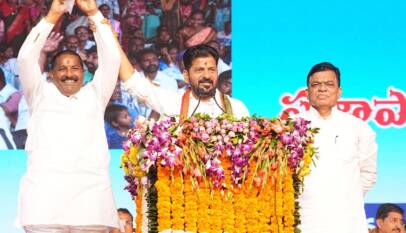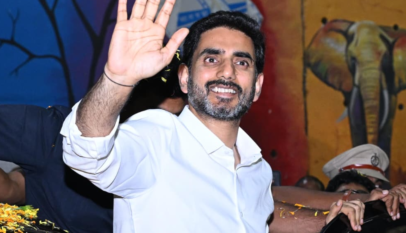Solar Energy for Agriculture: Empowering Farmers
Agriculture accounts for about 22 percent of the country’s total energy consumption. In Maharashtra alone, there are approximately 4.5 million agricultural electricity consumers, primarily using power for irrigation pumps. Traditionally, electricity was supplied to farmers in cycles, alternating between day and night. This often posed challenges for farmers who had to irrigate their fields at night. To address these issues, the government launched the ‘Mukhyamantri Saur Krishi Vahini Yojana’ on June 14, 2017. The scheme was subsequently revised to better meet the needs of farmers. However, due to the challenges encountered during its implementation, there arose a need to execute the scheme in a mission mode.
A study group, chaired by the Principal Secretary (Energy) and comprising representatives from Mahanirmati, Mahavidaran, Mahapareshan Company, Mahaurja, and PwC, was appointed to redefine the ‘Mukhya Mantri Solar Agriculture Channel.’ Taking into account various recommendations, including the report from Prayas Sanstha regarding Mission 2025, the decision was made to launch the ‘Mukhyamantri Saur Krishi Vahini Yojana – 2.0.’ This initiative aims to provide daytime electricity to farmers for their irrigation pumps and to solarize agricultural feeders in a mission mode.
The campaign focuses on enhancing the ‘Mukhyamantri Saur Krishi Vahini Yojana’ by creating a comprehensive technical, financial, operational, and monitoring plan. The goal is to solarize the agricultural power supply channel by 2025, ensuring an uninterrupted and sustainable electricity supply to farmers during the day while generating at least 7,000 MW of solar power capacity.
Key factors for setting up decentralized solar projects under this initiative include the availability of land near power substations, grid connectivity, and project size, all of which vary by location. To address these factors, specific provisions were adopted, such as installing solar power plants ranging from 0.5 to 50 MW and connecting them at different voltage levels (11 KV/22 KV/33 KV), depending on feasibility. Additionally, project clusters were formed to optimize efficiency.
The campaign requires the use of wasteland, and the responsibility for making this land available was assigned to the district collectors. The collectors were tasked with identifying private land near power substations and approving its use for solar power projects. For these projects, the government decided to offer government land on lease and sub-lease for 30 years at a nominal rate. When leasing private land under the Mukhyamantri Saur Krishi Vahini Yojana 2.0, the basic annual lease rate was set at either 6 percent of the value determined by the Registration and Stamp Department for that year or Rs. 1 lakh 25 thousand per hectare per year, whichever is higher. The basic annual rental rate will increase by 3 percent in a linear manner every year, starting from the first year.
Given the lower capacity of decentralized solar power projects, the cost of project establishment is higher, and the financial viability is lower. However, recognizing the importance of solar energy in the agricultural sector, the government decided to provide financial incentives to developers to promote such projects. Additionally, the government offered necessary assistance to developers to secure project funds at moderate rates from NABARD, IREDA, and public sector banks.
The campaign to provide daytime electricity to farmers is ambitious, requiring joint efforts from nodal agencies, Mahadistribution, Mahapareshan, Mahanirti, independent systems, Mahapower, project developers, local administration, and the farmers themselves. A state-level committee, chaired by the Deputy Chief Minister and Power Minister, was established to oversee the campaign, while an Implementation Committee, chaired by the Principal Secretary (Energy), was formed to ensure its successful and swift execution.
The benefits of this campaign are substantial. It reduces the cross-subsidy burden on industrial and commercial electricity consumers, leading to lower electricity tariffs for these sectors. Additionally, the campaign attracts significant investment across various districts in the state, generating both full-time and part-time employment opportunities in rural areas. The distribution systems of Mahavitran and Mahapareshan Company have been strengthened, ensuring proper load management for farmers’ agricultural pumps. Farmers who leased their land for solar power projects have gained a sustainable source of income for 25 years, which has helped improve their standard of living and economic status. Moreover, the campaign has brought about significant social benefits as well.
PM Modi Presents Russian President Putin with Curated Gifts Reflecting India’s Culture and Heritage
New Delhi, Dec 2025: During the two-day visit of Russian President Vladimir Putin to India…




















